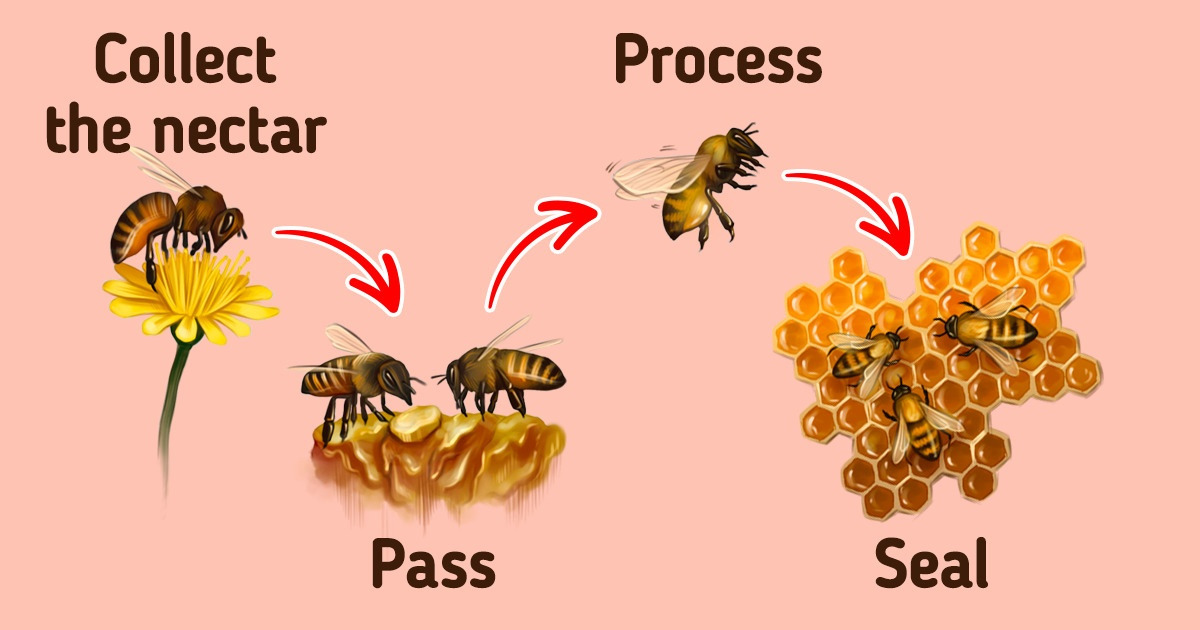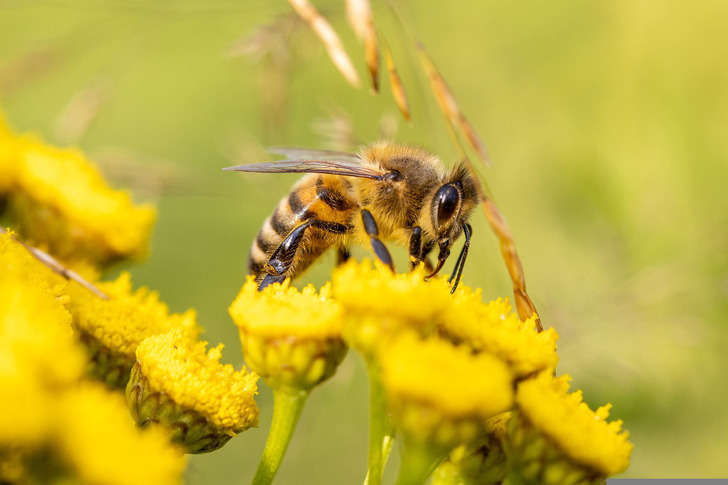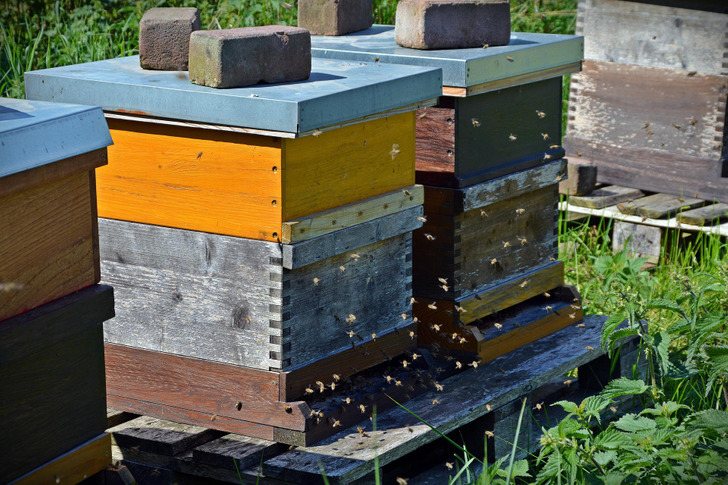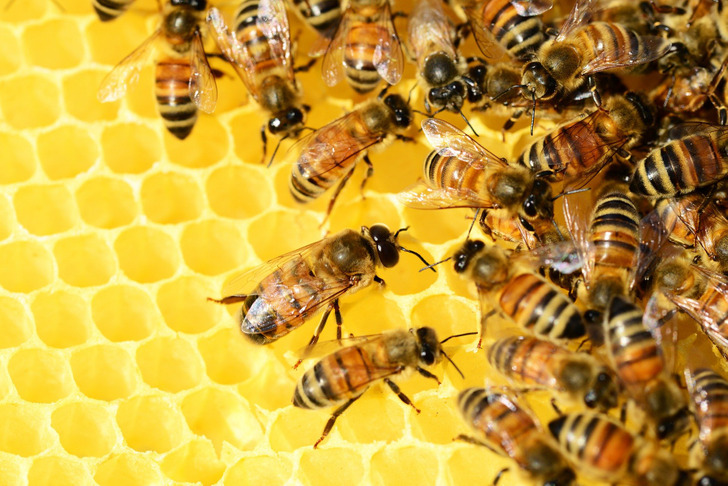How Bees Make Honey

Most people know that honey is produced by bees from flower nectar. It’s stored in hives and is consumed as needed. But how do bees really make honey?
5-Minute Crafts is telling you how the process of creating this unique product looks.
A bit about bees
The process of making honey lasts for about 45 days. It’s female working bees who are responsible for collecting and producing food. They are born with necessary skills — it’s quite convenient since their lifespan is only about 6 weeks. One bee makes a very small amount of honey during its life but it can visit up to 5,000 flowers a day.
Sometimes beekeepers place hives on fields of one nectar source, such as the color orange, for example. Since bees are prone to concentrate on one type of flower, it lets beekeepers get certain honey types.
From flowers to hives
Bees extract the sweet liquid called nectar from flowers with the help of a long tongue. It is stored in a bee’s extra stomach, called “crop.” As a result of the action of various enzymes that change the acidity and chemical composition of nectar, the latter becomes more resistant to long-term storage. If the bee is hungry, it opens the valve and passes some of the precious liquid into its stomach, where it gets converted into energy.
After returning to the hive, the bee passes honey mouth-to-mouth to other worker bees who process it, breaking it down into simpler components rich in fructose and glucose. It’s these bees that give honey that sweet taste and that are responsible for its calorie content. Therefore, bees digest the nectar until its moisture content decreases from 70% to 20%. That’s how nectar turns into honey.
The sealing of honey
Afterward, bees place the honey in honeycombs. But this honey is still very liquidy, and in order to evaporate the excess moisture, bees thoroughly fan the honeycomb with their wings to speed up the process of evaporation.
When the main part of the moisture evaporates (about 80%), bees extract a special secretion that helps seal honeycombs. Over time, the secretion hardens and turns into the famous beeswax. Honey can be stored for many years in such conditions.


